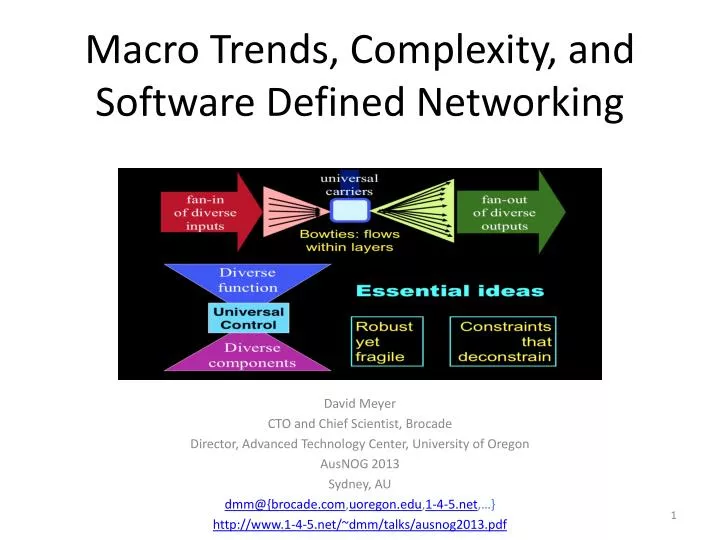

“Whether it’s fashion publications or celebrities posting throwback images, nostalgic content comprises a big portion of what resonates with viewers these days,” the founder of Nineties Anxiety told Who What Wear. Gen Z shoppers go thrifting to immerse themselves in the not-so-distant past and happily comply when Y2K-era celebrities invite them to be nostalgic.Įven consumers who weren't yet born during on-trend decades can feel wistful for days gone by, whether through their parents, music, television, film, or social media. The fashion trends of past decades are mysterious and exciting to young consumers-and that makes them even more appealing. “Only weeks after a look appears on the runway, people already have a version of it in their closets and a picture of it on the timeline.” Nostalgia Meets Convenience "The speed of the fashion cycle has accelerated, largely due to social media,” Trendalytics Content Strategist Kristin Breakell told The Zoe Report. For example, Instagram and TikTok accelerated the return of Y2K-inspired fashion by popularizing “indie” style: rainbow colors, plaid skirts, and oversized sweatshirts. Young consumers are often introduced to old trends for the first time online, and then use their digital personas to amplify their new finds to a broader audience. Pop culture and social media are essential to renewing interest in macro-trends that have fallen by the wayside. Similarly, the #FreeBritney Movement put the Y2K era front and center: as fans displayed images of Spears at the height of her fame to show their support for the singer, consumers were subsequently introduced to the fashion trends of the past.
#Macro trend tv
Y2K-era revivals such as the 2021 Friends remake introduced Gen Z consumers to TV phenomenons they missed the first time around, and mainstream musicians like Ariana Grande and Olivia Rodrigo reference 2000s performers in their albums. This is certainly the case with the sudden pique in Y2K-inspired fashion. Can trends like this one be predicted in time for brands to capitalize on spiking demand? Rehashing Past Trends in Pop Culture and Onlineīrand leaders are always on the lookout for a “fashion reawakening.” It may seem like apparel trends materialize out of thin air to the untrained eye, but if you look closely you’ll find subtle indicators that enable industry heavyweights to predict what’s coming next.

While micro trends, which are the product of fast fashion, have a short shelf life, macro-trends can linger for up to a decade-sometimes even longer.Īnd these macro-trends rarely arrive unannounced they leave clues for eagle-eyed fashion enthusiasts to anticipate the next big thing. You look at the ’80s being inspired by the ’50s, and you can tell the difference between an ‘80s-doing-the-’50s piece of clothing and a ‘50s-’50s piece of clothing.”Ĭount on macro-trends like decade-specific and retro-inspired styles to continue circling back around because they’re recognizable enough to draw mainstream attention, powerful enough to influence the masses, and persistent enough to last. According to fashion journalist Sarah Spellings, “every time a decade reinterprets another decade, it takes on its own flavor. It isn’t surprising, then, that consumers routinely revisit old styles by adding their own twists.

Of course that means going against the grain, so that could mean the return of the low-rise.” Y2K social media pages quickly gained traction as celebrities began sporting low-rise bottoms, creating the perfect environment for a style resurgence. According to denim trend forecaster Sam Trotman, “trends are always cyclical and consumers and thought leaders are always in pursuit of the new must-have denim. In 2018, The Cut published an article claiming ‘90s-era low-rise jeans would soon be back in style, citing popular Instagram accounts featuring images of Paris Hilton and Britney Spears in their heyday as proof. Some forecasters believe the answer is yes. But what accelerated the return of Y2K fashion, and why now? Can trends like this one be predicted in time for brands to capitalize on spiking demand? In theory, every decade is bound to experience a fashion resurgence sooner or later. Editorialist reporters have an explanation: young shoppers are "reaching for all the cropped tees, baggy pants, and kitsch accessories their bank accounts can handle” to manage a sentimental longing for simpler times. According to Vogue, it’s official: “Y2K fashion has moved from nostalgic-resurgence status to an inescapable trend.” Gen Z has a lot to do with its comeback-despite the fact that they were too young to experience early-2000s style when it was born.


 0 kommentar(er)
0 kommentar(er)
